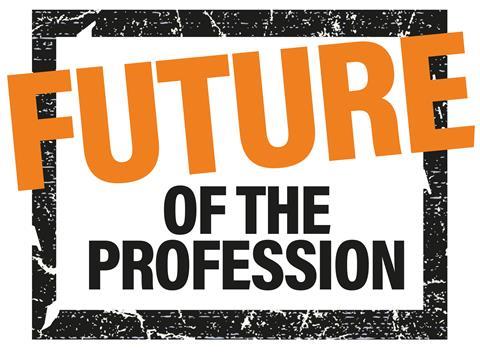We are entering challenging but exciting times, writes Andrew Mellor

One of most-used terms in the industry currently is “net zero carbon”, with many making claims that their projects will achieve it without necessarily understanding what it means.
That is because there is not one definition – or certainly not one clear pathway to achieving it.
We have of course been here before, with the zero carbon standards for new homes that were intended to be introduced in 2016 but were scrapped by government in 2015.

Much great work was undertaken by the Zero Carbon Hub to consider how the carbon compliance and allowable solutions requirements of the 2016 standards could be achieved on houses and multi-occupancy residential blocks.
It was clear that tall residential blocks would struggle to achieve the planned building fabric performance and on-site low-carbon technology requirements demanded by the carbon compliance requirements.
The standard only considered carbon emissions associated with energy regulated by the Building Regulations – the same as the forthcoming changes to Part L will do and, we understand, the Future Homes Standard will do in 2025.
Should we be concerned that the Future Homes Standard will be scrapped prior to its introduction in the same the way that the zero carbon homes standard was? Given the UK’s legal commitments to be net zero carbon by 2050 then it is very unlikely, but a potential change could be needed to formally consider embodied carbon.
There are a number of differing net zero emission definitions relating to new buildings. These include:
Building Regulations – Operational regulated carbon emissions (and an overheating assessment)
Greater London Authority – Operational regulated emissions but with a separate embodied carbon assessment
UKGBC – Construction, operational and end-of-life carbon emissions, all including embodied carbon
RIBA 2030 Climate Challenge – Operational emissions and embodied carbon (as well as water use, daylight and overheating)
London Energy Transformation Initiative (LETI) – Operational emissions and embodied carbon
What is clear is that designing buildings to achieve 2030 net zero targets that include operational and embodied carbon emissions will become very quickly the accepted industry standard.
But will all clients want to achieve what goes beyond Building Regulations?
Some will not for a variety of reasons, including financial viability, but corporate responsibility, commercial benefit as well as employee and shareholder pressure will see many companies accepting that embodied carbon does form part of achieving net zero performance.
We are entering a very challenging, yet rewarding and exciting, period
Understanding how to achieve net zero carbon will, for a while at least, until there is better real-world comparative performance data, be a journey that many companies have to take.
There is already very good design guidance available from LETI and others. My practice, PRP, started by analysing some of our current projects to explore how we can meet and exceed the forthcoming regulatory changes and the step change performance targets set by some of the standards listed above. This will include design responses as well as product and system specification.
>> Also read: Let’s be honest, achieving true net-zero is still a huge challenge
>> Also read: How green infrastructure can create inclusive, resilient and biodiverse places
Product manufacturers will be key players in the net zero journey as we will need them to be transparent about a product’s environmental performance.
Design responses will not only consider net zero carbon but climate change too. Figures were recently published stating that 500,000 homes built in recent years are susceptible to overheating and that the number of deaths associated with overheating will rise from 3,000 to 7,000 per year.
Such figures should be a wake-up call to us all, not least from a commercial risk perspective, with legal claims being a possibility for those who have not considered and mitigated overheating risk.
To achieve net zero carbon by 2030 it will take all organisations in the supply chain to act and to start to act now. It is going to need the collaborative effort and willingness of clients, design teams, product manufacturers and contractors.
We are entering a very challenging, yet rewarding and exciting, period during which we will see much research, innovation and success.
As I have said before, in my opinion those laggards who do not embrace achieving net zero carbon will inevitably face the commercial consequences.
Postscript
Andrew Mellor leads the development consultancy team at PRP. The practice has been advising MHCLG and conducting research around policy and building regulations.
















1 Readers' comment